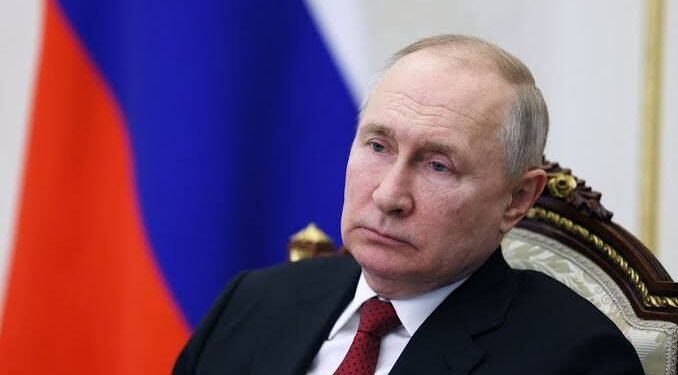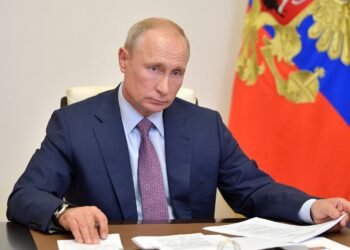Vladimir Putin has vowed to crush an armed insurrection led by the warlord Yevgeny Prigozhin, describing the rebel militia making their way towards Moscow as a treasonous “stab in the back”.
The Russian president labelled the first coup attempt in three decades as a “deadly threat to our statehood” and compared it with the 1917 revolution that led to the collapse of imperial Russia.
He said he had given “necessary orders” to tackle the Wagner paramilitary group and for “decisive measures” to recapture the southern Russian city of Rostov from the militia.
Russian military helicopters fired on a convoy of Wagner troops and armoured vehicles, including tanks, rumbling north along a highway towards the capital, according to unverified videos published on social media.
The convoy, which also appears to contain mobile air defence systems, advanced steadily from Rostov towards Moscow despite “combat operations” by regular armed forces, and in the early evening of Saturday was about 350km from the capital’s outer ring road, where Russian troops have set up checkpoints.
If the convoy is able to advance without hindrance, it could reach Moscow before midnight local time.
Local residents of cities along the route reported that some roads and bridges had been closed. Diggers were spotted excavating holes in the middle of several motorways in a bid to slow the convoy’s advance, according to footage on social media.
The insurgency is the most serious threat to Putin’s decades-long rule, and comes after months of public infighting between Prigozhin and the country’s armed forces.
“Prigozhin’s mutiny is the greatest challenge to date of the rule of Vladimir Putin,” said Andrius Tursa, eastern Europe analyst at Teneo. “Even if the mutiny fails, the crisis events will only exacerbate perceptions of the regime’s weakness.”
Wagner’s rapid advance sparked an emergency call between G7 nations who agreed “to co-ordinate closely”, and enhanced security measures in Nato countries bordering Russia, which possesses one of the world’s largest nuclear arsenals.
(Courtesy, excluding headline, Financial Times)











